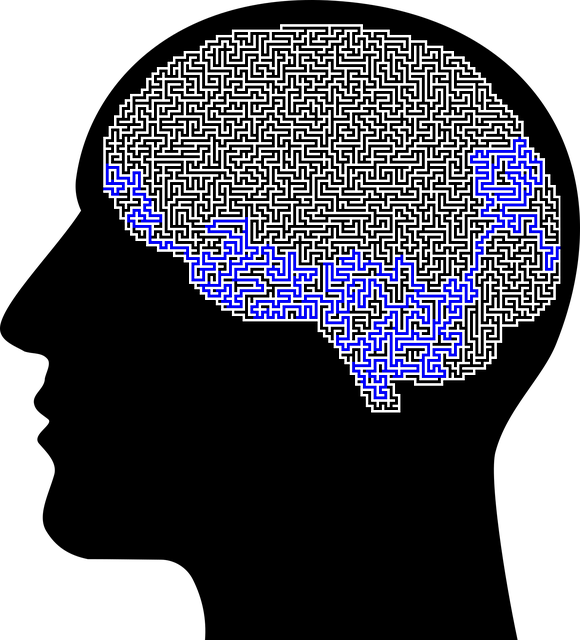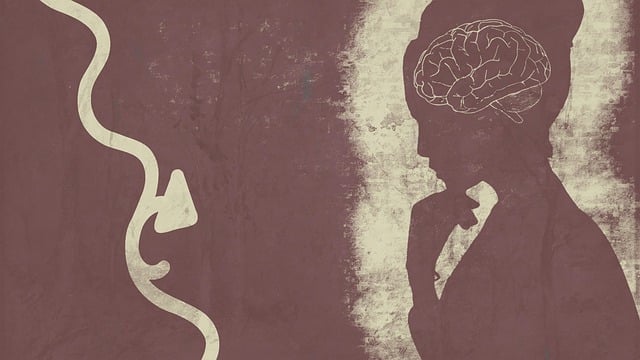Public awareness campaigns play a pivotal role in shedding light on mental health disorders like OCD, reducing stigma, and fostering understanding. Tailoring these initiatives to specific demographics, such as adolescents, young adults, and working professionals, ensures relevant messaging and early intervention. Using accessible language, diverse media, and relatable narratives increases engagement. A multi-platform approach, including social media, local events, partnerships, and coaching programs, amplifies reach and encourages help-seeking behaviors. Measuring campaign success through evaluation metrics like participation rates, website traffic, and community conversations assesses impact on mental health access and attitudes.
Public awareness campaigns play a pivotal role in educating communities about mental health issues, including Boulder Obsessive Compulsive Disorder (OCD) therapy. This article delves into the strategic development of such campaigns, offering insights on understanding target audiences, crafting compelling content, and selecting suitable communication channels. From defining success metrics to measuring impact, we explore essential elements for creating effective public awareness about OCD therapy, fostering a more informed and supportive society.
- Understanding Public Awareness Campaigns for Mental Health
- Identifying Target Audiences for OCD Therapy
- Crafting Engaging Content and Messaging
- Choosing Effective Communication Channels
- Measuring Success and Impact of the Campaign
Understanding Public Awareness Campaigns for Mental Health

Public awareness campaigns play a pivotal role in shedding light on mental health issues, including lesser-known disorders like Obsessive Compulsive Disorder (OCD). These initiatives aim to educate the public about OCD’s symptoms, causes, and available treatment options, such as Boulder OCD therapy. By raising awareness, communities can foster understanding and reduce the stigma surrounding mental illness.
Through targeted campaigns, individuals with OCD can gain access to valuable resources, including conflict resolution techniques and confidence-boosting strategies. These efforts not only empower those affected but also encourage early intervention and support. Mental health advocates believe that increased visibility leads to more empathetic societies, where people are encouraged to seek help without fear of judgment, ultimately improving overall mental well-being.
Identifying Target Audiences for OCD Therapy

When developing public awareness campaigns for Boulder Obsessive Compulsive Disorder (OCD) Therapy, pinpointing specific target audiences is a strategic step. OCD significantly impacts individuals across various demographics, but tailored approaches can maximize engagement. For instance, campaigns aimed at adolescents and young adults could focus on recognizing early signs of OCD-related burnout, as this demographic often faces heightened stress from academic demands and social pressures. Incorporating self-awareness exercises in these initiatives can encourage teens to seek help before symptoms escalate.
On the other hand, campaigns targeting working professionals might emphasize the importance of self-care practices in managing OCD. Many adults struggling with OCD find themselves caught up in high-pressure work environments, leading to increased anxiety and potential exacerbation of symptoms. By promoting self-care as a tool for burnout prevention, these campaigns can empower individuals to take control of their mental health while navigating professional challenges.
Crafting Engaging Content and Messaging

Creating compelling content is paramount for successful public awareness campaigns. When addressing complex topics like Boulder Obsessive Compulsive Disorder (OCD) Therapy, it’s crucial to simplify information while maintaining integrity. Start by telling a story that resonates with the target audience; personal narratives can be powerful tools in fostering connection and understanding. Use relatable scenarios and voices to ensure the content feels accessible and non-stigmatizing.
Incorporating various media formats, like engaging visuals and informative videos, can enhance message retention. Highlighting successful recovery stories, alongside practical Stress Reduction Methods and Conflict Resolution Techniques, promotes a sense of hope while offering concrete examples of Positive Thinking in action. Remember to use clear, concise language and avoid medical jargon to ensure the campaign reaches a broad spectrum of individuals seeking support for OCD-related challenges.
Choosing Effective Communication Channels

When designing public awareness campaigns for issues like Obsessive Compulsive Disorder (OCD), selecting the right communication channels is paramount to reaching and engaging your target audience effectively. In today’s digital age, a multi-faceted approach that leverages both traditional and online platforms can significantly enhance campaign impact. For instance, social media offers immense power to spread awareness through user-generated content and targeted ads, while local community events facilitate face-to-face interactions, fostering self-awareness exercises and breaking down mental health stigmas.
Incorporating mental wellness coaching programs development into these campaigns can further personalize the message, offering tailored support and resources. Additionally, leveraging advocacy groups and partnerships with mental health professionals ensures that accurate information is conveyed, aligning with broader mental health policy analysis and advocacy efforts. This comprehensive strategy not only raises awareness but also encourages individuals to seek help, ultimately improving access to Boulder OCD therapy and enhancing overall mental wellness.
Measuring Success and Impact of the Campaign

Measuring the success and impact of public awareness campaigns for conditions like Obsessive Compulsive Disorder (OCD) is essential to understanding their effectiveness. By employing robust evaluation methods, we can assess not only the reach and engagement of the campaign but also its influence on changing perceptions and fostering emotional healing processes. This involves tracking key metrics such as campaign participation rates, website traffic, social media interactions, and even more profound indicators like reduced stigma and improved emotional regulation among the target audience.
For instance, a well-designed public awareness campaign about Boulder OCD Therapy might measure success not only by increasing calls to therapy centers but also by gauging shifts in community conversations around mental health. Through surveys and feedback mechanisms, participants can share their experiences—from enhanced understanding of OCD to personal stories of emotional recovery through various communication strategies. This data provides valuable insights into the campaign’s impact on raising awareness, reducing misconceptions, and ultimately improving access to much-needed services and support.
Public awareness campaigns play a pivotal role in educating communities about mental health conditions, like OCD. By understanding target audiences, crafting compelling content, and utilizing suitable communication channels, initiatives such as Boulder Obsessive Compulsive Disorder (OCD) Therapy can significantly impact lives. Measuring campaign success is essential to understand its reach and effectiveness in promoting mental well-being and guiding individuals towards appropriate support. This strategic approach ensures that efforts like these not only raise awareness but also encourage those affected to seek help, ultimately fostering a healthier society.














